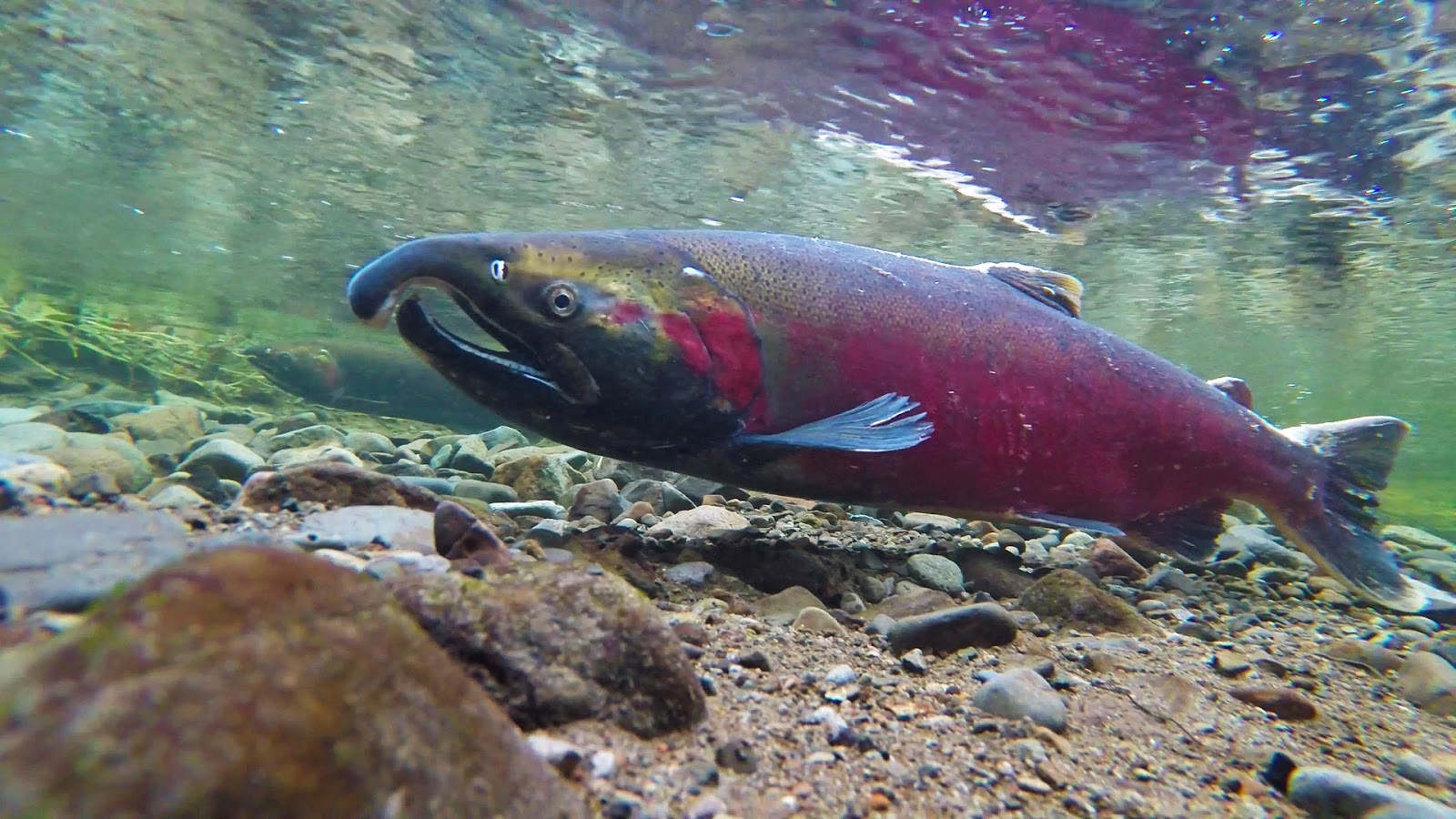

West of true North/South line through “2” buoyĪll marine waters north of the Trial Island line described under Area 6 to the United States-Canada boundary. Low Point east to the Partridge Point – Point Wilson line north to the line from Trial Island (near Victoria B.C.) – Vessel Traffic Separation Buoy “R” – Smith Island to the Lawson Reef Buoy to Northwest Island to the Initiative 77 marker on Fidalgo Island and west of the line from Reservation Head to West Point.Įast of true North/South line through “2” buoy Mouth of the Sekiu River east to Low Point, mouth of the Lyre River. Monofilament recovery and recycling program.Since that time, the coho has become a popular sport fish, and many people come from all over the world to fish Michigan's great coho fishery. There was excitement from anglers and fish managers when coho made their first spawning run in the fall of 1967. They were successfully introduced into the Great Lakes in 1966, when smolts where stocked in two Lake Michigan tributary streams Platte River and Bear Creek (Big Manistee River tributary). Like Chinook, coho are native to the Pacific coast of North America and parts of Asia. This is the fish that really started the Great Lakes salmon fishery. Once in the lakes, they may stay near shore for a few months, and then seek deeper waters. They emerge in the late spring, as fry, and wait until their second spring before descending to the Great Lakes as smolts. The next spring the eggs hatch and the young remain in the gravel for two to three weeks. Both male and female adults die soon after spawning. Females excavate redds, or nests, in tributary stream gravel beds. The bulk of coho are planted in the Platte River, just downstream from the state's coho hatchery.ĭepending on the tributary, coho spawning runs occur from early September to November. Although natural reproduction has been documented, the fishery is largely sustained through stocking.
/161135193-56a2f7013df78cf7727b5149.jpg)
Life history:Ĭoho’s typically migrate later than the other salmon and travel longer distances. They compete primarily with steelhead for food. In the Great Lakes, larger coho feed primarily on smelt and alewives however they are opportunistic feeders and will feed on a number of species if they are available as forage. Review Fishing Guide for current rules and regulations » Diet: The best fishing is in the Anna River watershed, which produces a good fishery for both open-water anglers in Munising Bay in spring and fall and through the ice in winter as well. Although they are caught in a number of rivers, there is a notable fishery in late October in the Manistee River and migrating fish are caught in the St. There is often good fishing for anglers who use spawn bags or spoons off the piers as well.įishing by both surf fishermen and trolling anglers occurs in Platte Bay as the fish stage for their spawning runs. Joseph and New Buffalo boast excellent fisheries with anglers trolling near shore - or high in the water column off shore - often with crankbaits and floating/diving artificial minnows.

Fishing:Ĭoho can be caught in Lake Michigan at any time, though the best fisheries on the lake's east side occur in early spring and again in late summer and early fall. The fish seem to travel the big lake counter clockwise in the spring, the southern Lake Michigan ports of St.

The average adult Great Lakes coho salmon weighs five pounds. Small dark spots on back, sides and typically on upper lobe of caudal fin. Inside of mouth white and gums between teeth gray or white, but tongue may be black. Two dorsal fins including one adipose fin, dark blue to green back with silver sides, white belly, and wide caudal peduncle. Learn more about identifying Atlantic salmon, Chinook salmon, coho salmon, rainbow (steelhead) trout and brown trout. Oncorhynchus kisutch - scientific name Identification:Ĭoho salmon can be hard to identify.


 0 kommentar(er)
0 kommentar(er)
